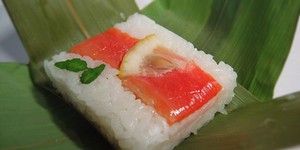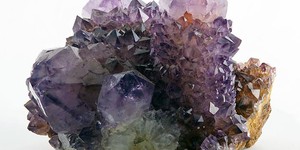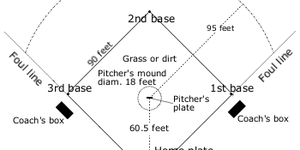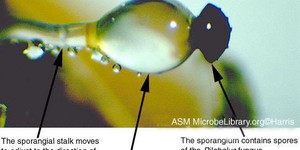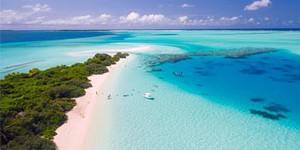Others Like “Ring of Fire 1: What Volcanoes Tell Us About Plate Tectonics” (top 20 results)
|
Minerals are sometimes precious, like diamonds. But most minerals are very common, like sodium, which is found in salt. How are minerals found and identified? How are our mineral resources distributed? Visit the USGS Mineral Resource Program to find mineral resources in your state. How are satellite images used to identify potential mineral sources? You can also find out how minerals are identified using spectroscopy. How are potentially harmful minerals, like mercury, dealt with? Visit the…
Read more
Did you know that people eat with their eyes as well as with their mouths? Food presentation—also called plating techniques or garnishing—makes food appear more appetizing. Checking out how the food looks is the cook's last task and the diner's first. Food that is well-presented is beautiful, colorful, and captivating. Not only does it make the diner really want to eat, but good presentation also allows the diner to identify the food ingredients, their quality, and the technique…
Read more
Have you ever heard the expression, "You can't judge a book by its cover"? What do you think that means? That a book with a very plain cover might have a very exciting and interesting story inside? Well, in this geology science project, you'll see if the same expression holds true for a rock, but not just any old rock, a special type of rock called a geode, which looks rather plain and ordinary on the outside, but inside can hold crystals and beautiful colors! You'll discover if the texture or…
Read more
Tennis racquets, baseball bats and golf clubs all vibrate when they hit the ball. You can often feel it in your hands, particularly if you "mis-hit" the ball. You can find the point(s) on your racquet, bat or club—called the "sweet spot"—that minimize unwanted vibrations. Low-tech method: hang the racquet or bat straight up and down with a string from its handle. Lightly hold the handle with your thumb and forefinger and have a helper sharply tap the bat, strings or club face…
Read more
Soils are made of particles of different types and sizes. The space between particles is called pore space. Pore space determines the amount of water that a given volume of soil can hold. Porosity is the percentage of the total volume of soil that consists of pore space. Compare the porosity of different types of soil. Which types of soil hold the most water? Can you see this under a microscope?
Read more
Have you ever wondered how playing in a certain stadium affects how well the athletes perform? Major League Baseball (MLB) is played in ballparks that have their own individual quirks when it comes to the exact layout of the field. How an individual ballpark affects player performance, which is known as ballpark effects, is heavily investigated in the field of baseball. To name just a few parks and their different traits, Fenway Park (the long-time home ballpark for the Boston Red Sox in…
Read more
Did you know that commercial airline pilots use high-tech flight simulators to learn how to fly big jumbo jets? Before they ever step behind the controls of a real jet they've already logged thousands of virtual air miles. It might not qualify you to fly a real jumbo jet, but you, too, can learn the logistics of aviation by experimenting with the types of flight simulators sold at computer game retailers. Use a flight simulator to investigate the relationship between flap settings and the stall…
Read more
The Pilobolus fungus has an interesting way of making sure the next generation has a good start on life. At high speed, the fungus shoots a sac that contains spores toward a light source. Why toward a light source? Because that is where it is most likely to find an open area with grass. Once the spore is placed on grass, it is eaten by a cow or a horse, which is a critical step in its life cycle. The spore passes through the animal's digestive track and ends up in a pile of manure. For a fungal…
Read more
The sustainability of our planet's resources ultimately depends upon our actions as citizens. How much we drive, what we eat, whether we have pets, and whether we recycle are all individual actions that affect the sustainability of the Earth's resources. Learn how ecological footprinting works and figure out how big your footprint is. How big is your family's footprint? Your school? A local business? Can you propose ways to increase or decrease the size of your ecological footprint? Develop…
Read more
When you go to the beach, you may not know if the beach is natural or man-made. The popularity of sandy beaches prompted developers in the past to bring in sand to cover rocky shorelines and turn them into more popular sandy beaches. However, the actions of the tides, currents and waves carried the extra sand out into the reef, endangering the reef and the creatures living on it. You can use a water table to conduct experiments with sand movements and reefs. How is sand moved by water? How…
Read more
|
Explore Our Science Videos
The Ambiguous Cylinder Illusion
Solubility Science – STEM Activity
The Science of Frescoes – STEM Activity



